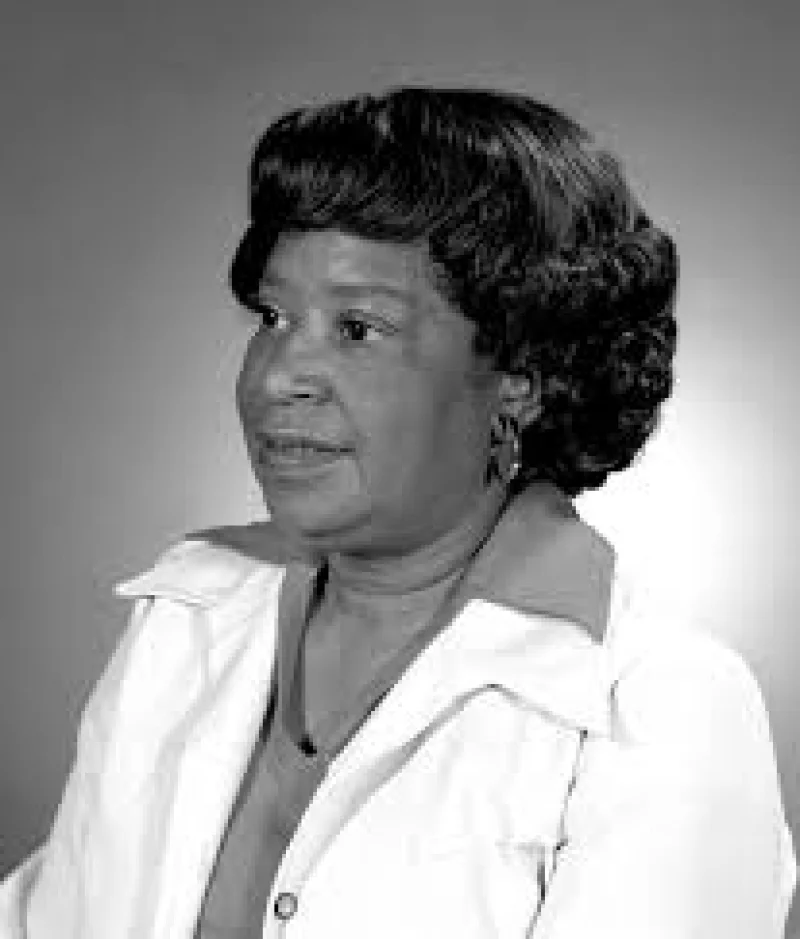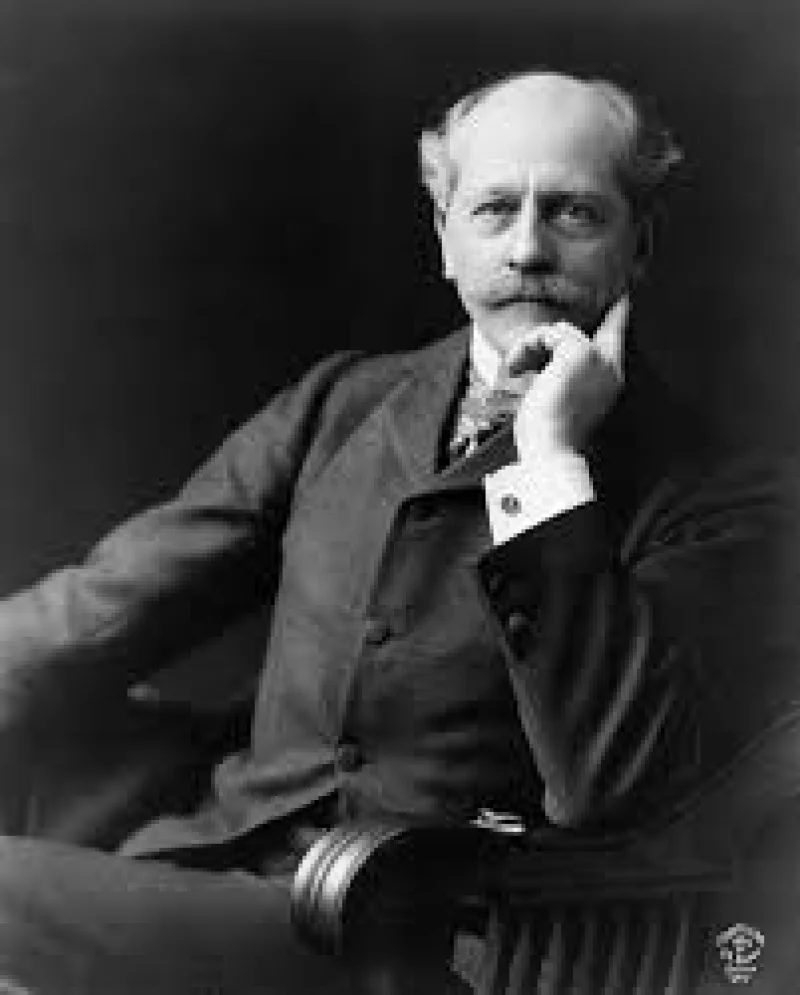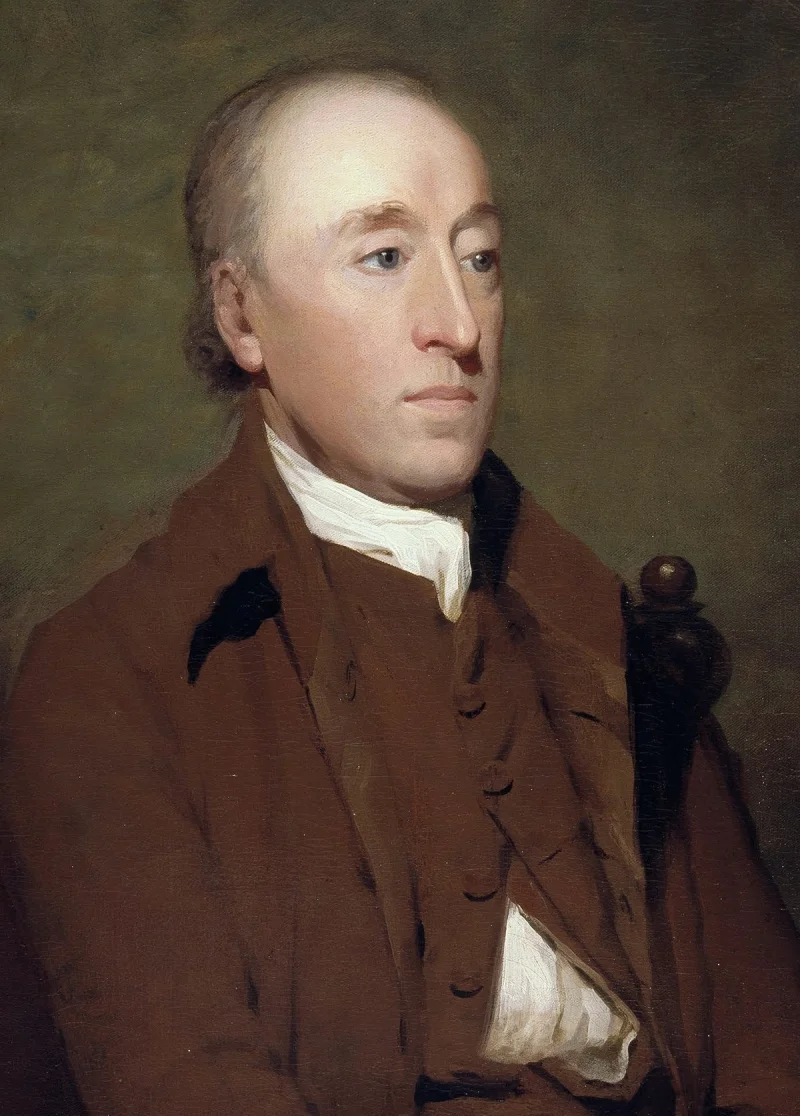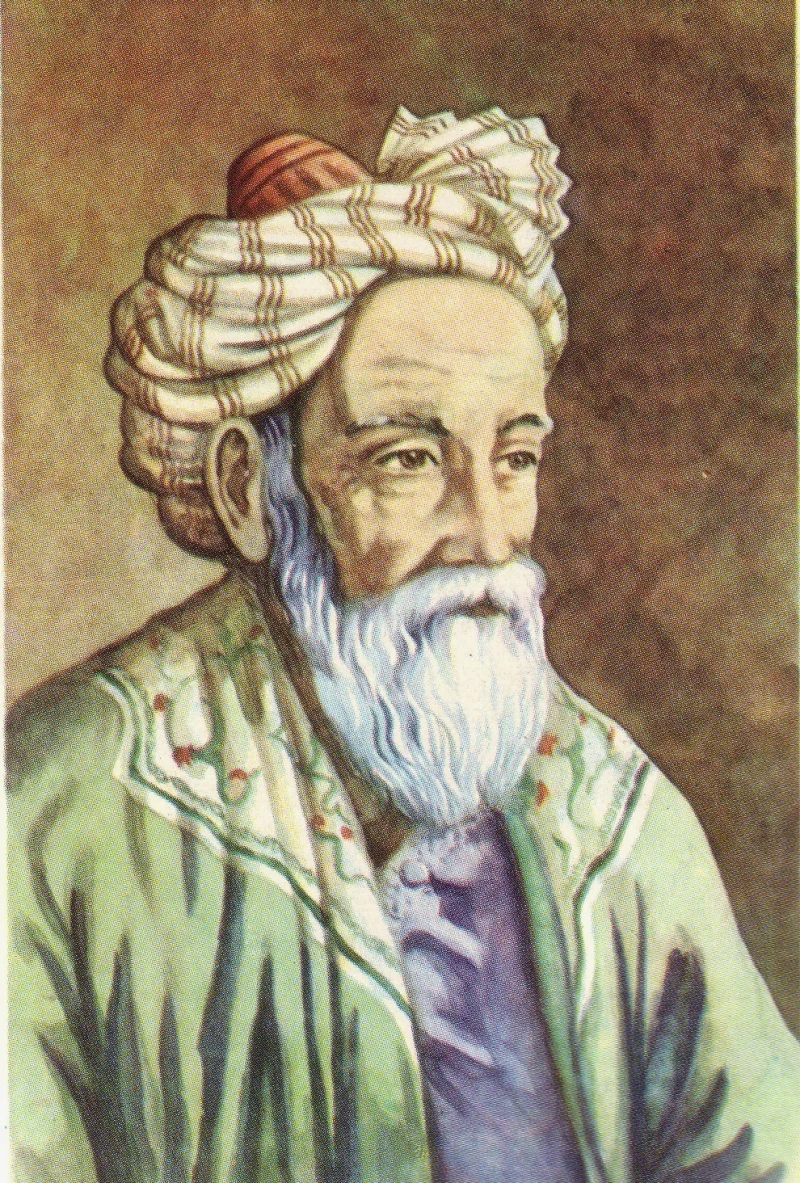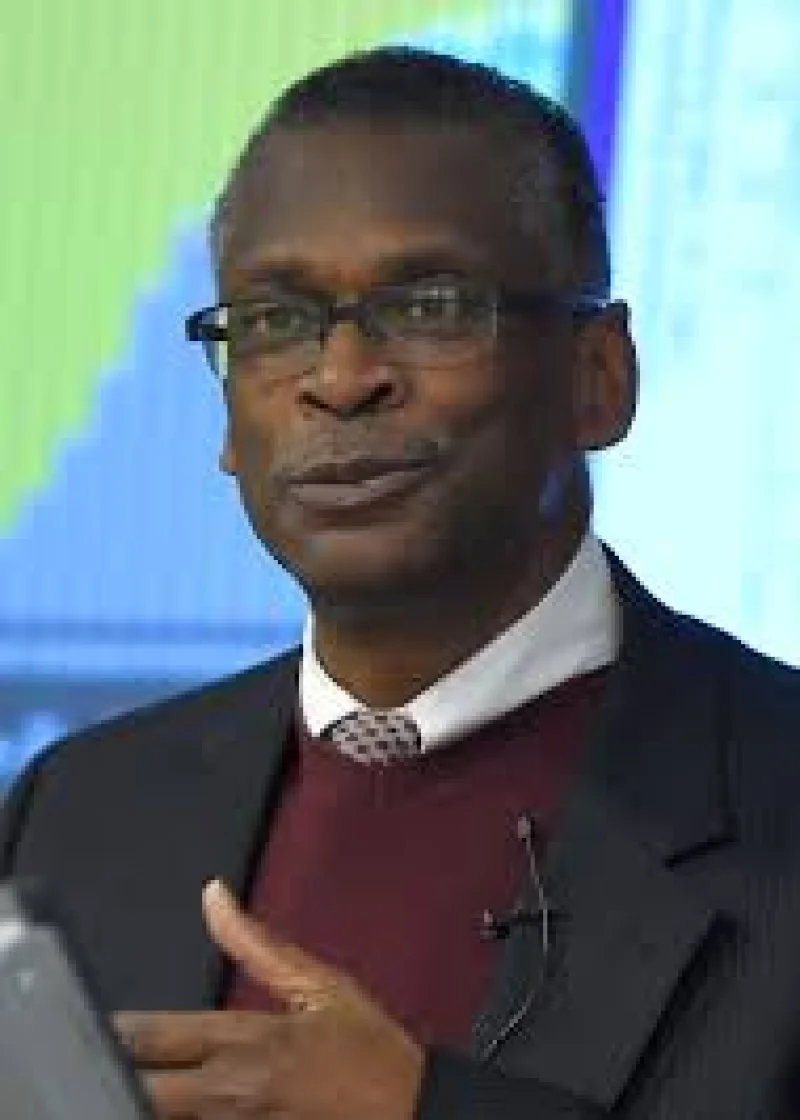Short Summary
Mary Jackson was an influential mathematician and aerospace engineer who became NASA's first African American female engineer. Her work significantly contributed to the progress of aeronautics and space exploration during her tenure at NASA. Jackson is renowned for her contributions to the NASA space program and her efforts in advocating for women and minorities in engineering fields. Her legacy was brought into the limelight through the book and film "Hidden Figures," which celebrated her and her colleagues' crucial roles at NASA.
Early Life & Education
Mary Jackson was born on April 9, 1921, in Hampton, Virginia. She was raised in a supportive family that valued education and hard work. Excelling in academics from an early age, she graduated from high school with honors. She pursued further education at Hampton Institute, where she earned a Bachelor’s degree in Mathematics and Physical Sciences in 1942. Her early exposure to strong educational values and her natural affinity for mathematics and science paved the way for her future career. She also worked as a school teacher and took on various roles in her community before joining NASA.
Career Highlights
Mary Jackson's career began at the National Advisory Committee for Aeronautics, which later became NASA, in 1951. She initially worked as a research mathematician, known as a "human computer," in the segregated West Area Computing section. In 1958, after completing a graduate-level course in mathematics and physics, she became NASA's first black female engineer. Her work primarily involved analyzing data from wind tunnel experiments, which was vital for the development of aircraft and spacecraft. Jackson later transitioned into an administrative role, where she focused on promoting equal opportunities and influencing the careers of women and minority engineers.
Major Achievements
- First African American female engineer at NASA, breaking racial and gender barriers in the field.
- Contributed to NASA's aerodynamics research, enhancing the understanding of supersonic flight.
- Advocated for equal opportunities, mentoring and guiding the next generation of engineers.
- Posthumously received recognition through the book and film "Hidden Figures," bringing her story to a wider audience.
Famous Quotes
- "We have to do the best we can with what we have."
- "Every time we have a chance to get ahead, they move the finish line. Every time."
Interesting Facts
- Mary Jackson worked at NASA for over 30 years before retiring in 1985.
- She started her career as a teacher before transitioning to engineering.
- In 2020, NASA named its headquarters in Washington, D.C., after her, honoring her contributions.
Legacy / Influence
Mary Jackson's legacy extends beyond her technical contributions to NASA. She played a crucial role in breaking down racial and gender barriers, paving the way for future generations of women and minorities in engineering and science fields. Her advocacy for equal opportunities and mentorship continues to inspire individuals striving for diversity and inclusion in the workplace.
FAQ
Q: Why is Mary Jackson famous?
A: She is known for being the first African American female engineer at NASA and for her advocacy for women and minorities in engineering.
Q: What was Mary Jackson's role at NASA?
A: She worked as a mathematician and later as an engineer, contributing to aerodynamics research before focusing on advocacy and mentoring.
Q: What honors have been bestowed upon Mary Jackson?
A: NASA's headquarters was named in her honor in 2020, and her story was popularized by the book and film "Hidden Figures."
